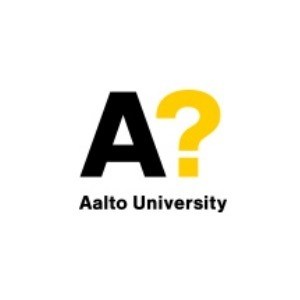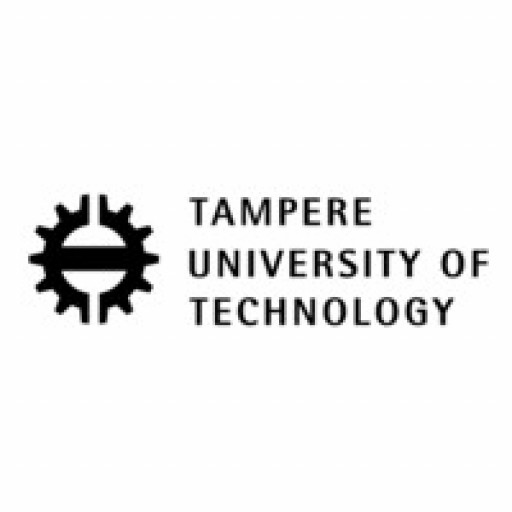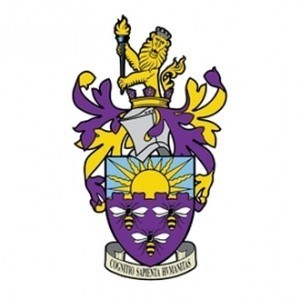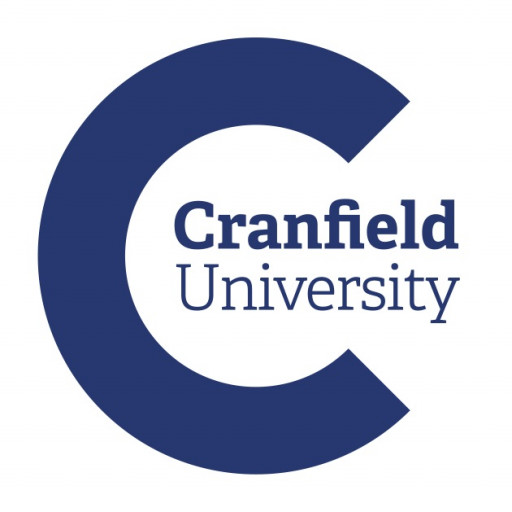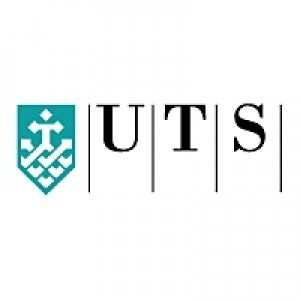Photos of university / #aaltouniversity
The Master’s Degree Programme in Maritime Engineering at Aalto University offers a comprehensive and multidisciplinary education designed to meet the needs of the modern maritime industry. This program provides students with a solid foundation in naval architecture, ship design, marine engineering, and related fields, equipping graduates with the skills necessary to innovate and excel in the maritime sector. The curriculum combines theoretical knowledge with practical applications, emphasizing sustainability, safety, and efficiency in shipbuilding and maritime operations.
Students have the opportunity to specialize in various areas such as hydrodynamics, marine systems, structural design, and marine environment management. The program encourages a hands-on approach through laboratory work, simulations, and collaboration with industry partners, ensuring that graduates are well-prepared for real-world challenges. Moreover, the program promotes interdisciplinary learning, integrating aspects of electrical engineering, mechanical engineering, and computer science to provide a holistic understanding of modern maritime technologies.
The international environment and collaborative projects provide students with valuable intercultural experiences and networking opportunities, fostering global perspectives essential for careers in the shipping industry, ship design companies, and maritime safety organizations. Graduates of the program are equipped to work in research and development, shipbuilding, maritime consultancy, and policy-making positions, contributing to the advancement of sustainable and innovative maritime solutions.
The program is conducted in English and is designed to accommodate students with a background in engineering or related disciplines, aiming to develop expert knowledge and leadership skills. It typically spans two years, with a balanced combination of coursework, projects, and thesis work. Upon graduation, students will be well-positioned to make significant contributions to the evolving maritime industry, driven by technology, environmental concerns, and global trade demands.
Structure of studies
The programme is structured in two parts:
-
In the first year, you learn topics of maritime engineering, naval architecture and offshore engineering on Master level: stability, resistance and propulsion, seakeeping, manoeuvring and ship and ocean structures. If you did not have naval architecture as part of your bachelors’ programme, you will also have basic introductory courses in naval architecture. In addition to maritime engineering courses, you must do courses on general and special engineering competences, such as CFD, structural analysis, composite materials etc. The emphasis on each subject will depend on the entrance university and your entrance qualifications.
-
In the second year, you specialize in one of the five subjects: ocean structures, passenger ships, ship design, ship operations and small craft. Each of the subjects defines a study track.
It is required that you start at one of the partner universities for part 1 and finish your studies at another university for part 2.
Study tracks
Each of the five study tracks is defined below, with the partner university responsible for the track given in parenthesis:
Ocean Structures (NTNU)
This study track gives you a strong foundation for design of any type of ocean structure, from conventional ships to offshore structures. It also deals with marine operations like pipelaying, towing and use of cranes on mobile platforms for installation of subsea modules. The study track is discipline based and includes groups of courses within marine environment, environmental loads, effects of loads, structural capacity and marine cybernetics.
Passenger Ships (Aalto)
This study track gives comprehensive overview of the different aspects related to the design, analysis and optimization of passenger ships. The conflicting interests of various stakeholders (passenger, ship owner, shipyard) will be addressed during the studies, and you will be forced to create a solution that satisfies the stakeholder's preferences.
Ship Design (Chalmers)
In this study track, you will be part of a project team and work with a problem oriented and realistic ship-design project with a company from the maritime industry as the “customer”. You will be part of a student team guided by professional engineers from industry and faculty members from Chalmers. The initial design process prior to an order of a new ship is covered during the project following the demands of the customer. The project will take place during the second year and you will utilize and link together knowledge from all the marine engineering courses of the first year.
Ship Operations (DTU)
In popular terms the definition of this study track is that it mainly deals with naval architecture and maritime engineering from the point of view of the ship owner, i.e. it deals with ships at sea. You will learn to apply rational methods in analysing and optimizing the performance of ships (container ships, tankers, bulk carriers, ro-ro ships etc.) with respect to safety, efficiency, economics and environmental considerations.
Small Craft (KTH)
The Small Craft track is designed to prepare you for the engineering challenges of the design and engineering of the group vessels often called small craft. The group includes fast rescue boats, patrol boats, pilot vessels and other similar vessels. Also yachts are dealt with in the track. These craft must be able to carry out their vital operations safely and efficiently during the toughest weather conditions. Also yachts must sail safely – and win their races. You will learn to apply rational methods for innovative design, including for instance advanced materials. Moreover, methods for efficient design processes and system engineering aspects related to small craft design are also taught in this track.
Programme-specific requirements
In order to apply for the Nordic Master programme in Maritime Engineering (NMME), you have to fulfill a number of requirements. The requirements apply to all applicants for the programme regardless of where you decide put in your application.
Degree Requirements:
- A BSc degree corresponding to a minimum 180 ECTS credits in:
- Naval Architecture for start at Aalto, Chalmers, DTU, KTH and NTNU,
- Mechanical engineering for start at Aalto, Chalmers and KTH
- A BEng in Mechanical Engineering is accepted for start Aalto, Chalmers and KTH.
- Applicants with a BEng in Naval Architecture, or a BSc or BEng in Naval Architecture and Marine Engineering, in Ocean Engineering, in Civil Engineering or in Engineering Physics will be considered on an individual basis.
- The applicant’s qualifications must include a strong working knowledge of mathematics and mechanics and applicants must document that they have fulfilled the following minimum requirements:
- Mathematics: 25 ECTS including linear algebra, calculus and differential equations.
- Statistics and probability theory: 5 ECTS. Students without this qualification must be prepared to complete their curriculum during the first year.
- Statics, mechanical vibrations, and strength of materials: 10-15 ECTS
- Fluid mechanics: min. 5 ECTS Moreover, the applicant must have sufficient qualifications within numerical methods and elementary programming using e.g. MATLAB or a similar programming language.* Applicants with a Polytechnic (FI), Högskoleingeniör (SE) and Diplomingeniør (DK) degree may be expected to do extra course work to qualify for the programme.
Financing studies for the Maritime Engineering Master's programme at Aalto University are designed to support students through various funding options, including scholarships, grants, and student loans. International students have the opportunity to apply for merit-based scholarships awarded by the university, which can cover partial or full tuition fees. These scholarships are highly competitive and based on academic performance, motivation, and other criteria outlined during the application process. Additionally, Finnish students and those from the European Union/European Economic Area may be eligible for government-funded student financial aid, including grants and loans provided by the Finnish National Agency for Education.
Apart from external funding, students often seek part-time employment to support their living expenses during the programme. The university offers career services and job portals to assist students in finding suitable part-time jobs and internships related to maritime engineering, which also provide practical experience valuable for future employment.
Furthermore, students admitted to the programme are encouraged to explore external scholarships offered by maritime industry organizations, foundations, and governmental bodies in their home countries or internationally. These scholarships often aim to promote research and development within maritime engineering and may require a separate application process.
Lastly, international students should consider the possibility of financial support from their home countries' embassies or cultural programs, which sometimes provide funding for students studying abroad. While specific scholarship opportunities directly from Aalto University are limited and competitive, students are advised to plan their finances carefully and explore all possible sources of funding early in their application process to ensure they can fully focus on their studies without financial hardship.
Maritime Engineering at Aalto University is a comprehensive and multidisciplinary program designed to equip students with the skills and knowledge necessary to excel in the maritime industry. The program focuses on the design, construction, operation, and maintenance of ships and offshore structures, emphasizing sustainable and innovative solutions for global maritime challenges. Students gain a solid foundation in naval architecture, marine engineering, and systems integration, combining theoretical principles with practical application through laboratory work, simulation, and industry projects. The curriculum covers essential topics such as marine vessel design, propulsion systems, stability, safety, and environmental considerations, ensuring graduates are well-prepared for various roles within the maritime sector. The program also promotes the development of critical thinking, problem-solving, and teamwork skills, vital for tackling complex engineering problems in international and multidisciplinary teams. Located within Aalto University, a leading Finnish institution renowned for technological innovation, the Maritime Engineering program benefits from state-of-the-art facilities and collaborations with industry partners, including shipping companies, maritime technology firms, and research institutions. Students have opportunities for internships, exchange programs, and participation in cutting-edge research projects, enhancing their practical experience and employability. Graduates of the program are equipped to work in engineering design, project management, research, and consultancy roles across the maritime industry worldwide. The university emphasizes sustainability and environmental responsibility, integrating these principles into the curriculum to prepare students to meet the evolving demands of the maritime industry in the context of global climate change and technological advancements. Overall, the Maritime Engineering program at Aalto University provides a robust education foundation, fostering innovation and leadership in the maritime field, ensuring graduates can contribute effectively to the development of sustainable maritime solutions.
